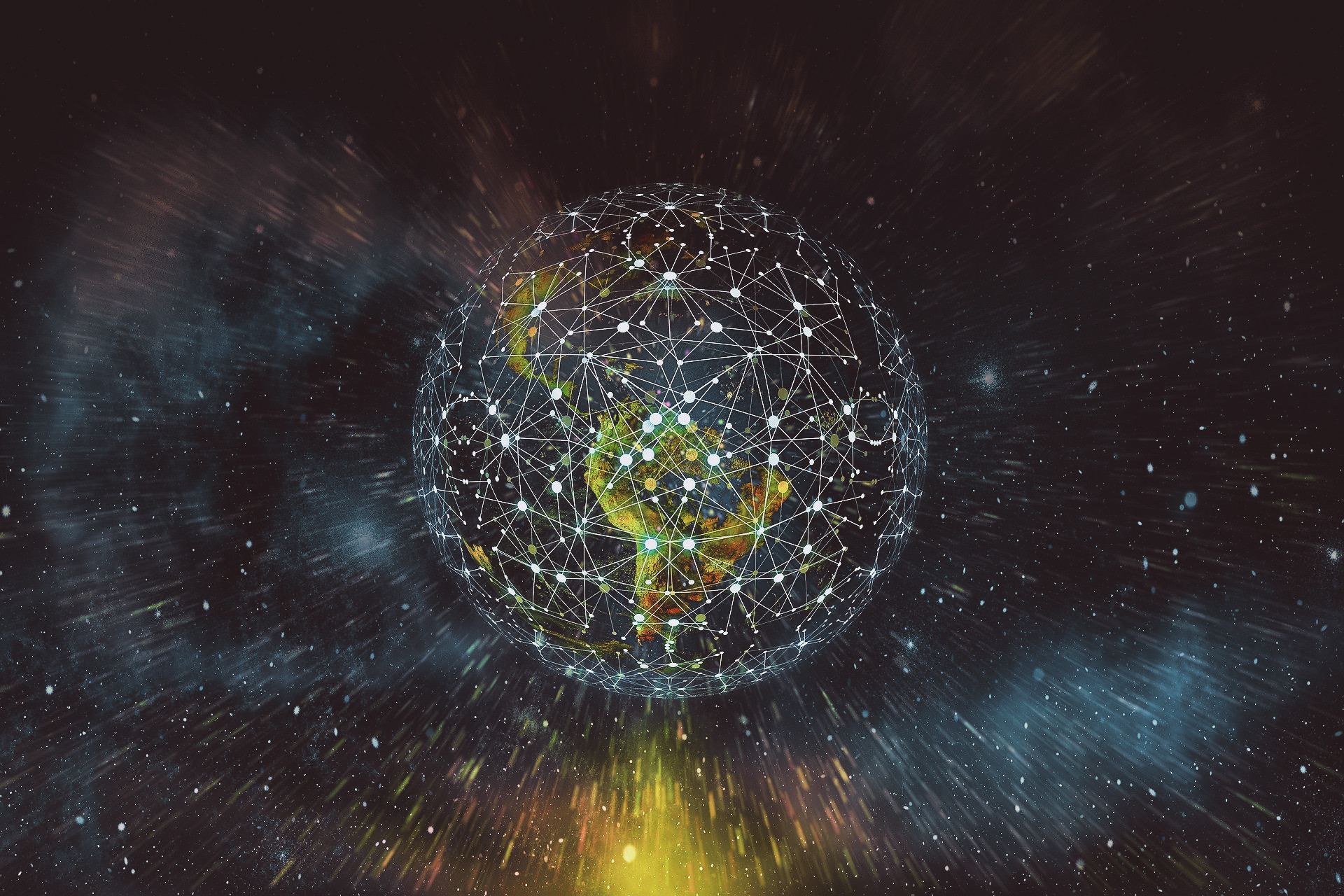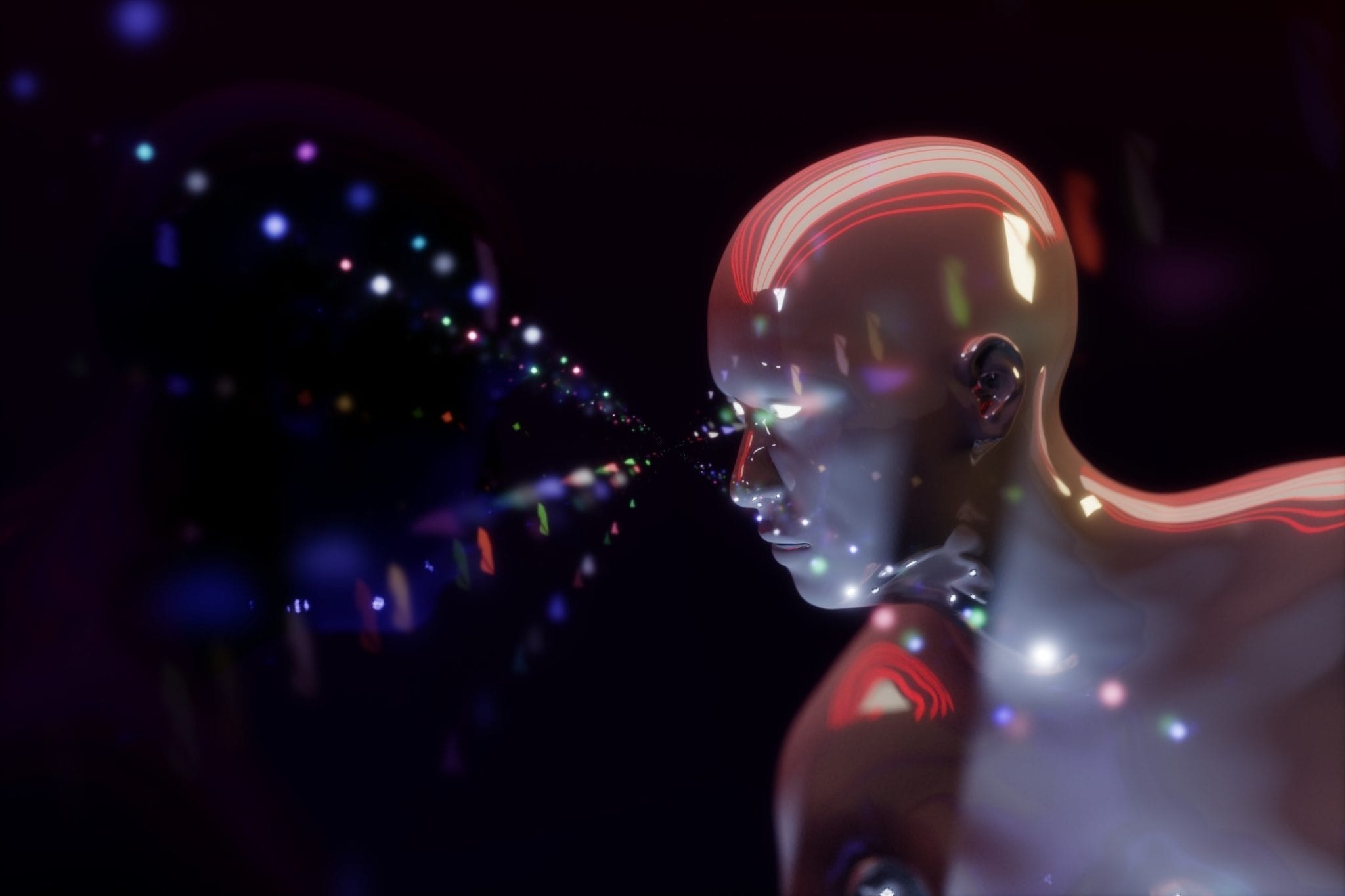As we continue to develop more powerful and efficient algorithms, the possibilities will only continue to grow. With the right safeguards in place, the future of AI looks very bright indeed.
The future of artificial intelligence (AI) is both immensely exciting and somewhat uncertain. On the one hand, businesses and individuals are already beginning to reap the benefits of AI-powered automation and its potential to boost efficiency and productivity. On the other hand, there is a real risk that AI could lead to large-scale job losses as more and more tasks are performed by machines.
As AI technologies continue to advance, it is important to ensure that they are developed in an ethical and responsible manner. This means ensuring that AI is used to augment human abilities rather than replace them. It also means making sure that AI systems are designed in a way that prevents them from being biased or discriminatory. Furthermore, it is important to consider the legal implications of advancing AI technologies. For example, if an AI system is used to make decisions about who to hire for a job, then it is important to ensure that the system is not biased against any protected groups. Otherwise, the company could be liable for discrimination. By focusing on these issues, we can ensure that the future of AI is a bright one.
If these issues can be addressed, then there is no doubt that AI will transform the world in a positive way. We will see more intelligent machines that can help us to solve complex problems and make better decisions. We will also see a rise in personalized and targeted services that make our lives easier and more enjoyable.
Neural networks are a key technology in the development of artificial intelligence (AI). Neural networks are algorithms that are designed to recognize patterns. They are similar to the way that the human brain learns. For example, if you were to show a neural network a series of images, it would eventually learn to recognize common features such as shapes and colors. Neural networks can also be used for more complex tasks such as facial recognition and machine translation. In recent years, neural networks have become increasingly powerful due to advances in computing power and data storage. As a result, they are now being used for a wide range of applications, including driverless cars and fraud detection.
The neural network batch size is the number of training samples that are used in one iteration of training. The larger the batch size, the more accurate the neural network will be. However, large batch sizes can also lead to overfitting, which is when the neural network starts to memorize the training data rather than learn from it.
Finding the right balance between accuracy and overfitting is a key challenge for neural networks. One way to address this challenge is to use a technique called dropout, which randomly removes neurons from the neural network during training. This forces the neural network to learn from a more diverse set of data and reduces the risk of overfitting.

There are many other exciting developments in the world of AI. For example, researchers are working on developing systems that can understand natural language. This would allow humans to interact with computers using everyday speech rather than having to learn a specialized language.
AI is also being used to develop new drugs and diagnostics. By analyzing large data sets, AI can identify patterns that might be missed by human experts. This could lead to the development of new treatments for diseases that are currently incurable.
The potential applications of AI are virtually limitless. As we continue to develop more powerful and efficient algorithms, the possibilities will only continue to grow. With the right safeguards in place, the future of AI looks very bright indeed.


Join the conversation!